Estimated reading time: 6 minutes
Multigraft fruit trees are kind of awesome.
These three trees below are great examples. The one above is a 5-way apple grown by Grow Great Fruit members Clare and Win. It took them a few years to get it to this point, but it now provides them with a wonderful array of different apple varieties over a couple of months.
Related Articles
Fruit trees to good homes
Our goal is to send our organic fruit trees to good homes (and gardens) far and wide. There’s always room for one more fruit tree, right?
Fourteen varieties of apricot trees: pros and cons
Apricot trees are loved by many people. But what are the pros and cons, and how do you choose one variety over another?
How to grow apples — the organic way
Apples are one of the most popular fruits to grow in your backyard. Learn the basics of how to look after your apple tree.
The next one is a multi-graft pear with both Packham (green leaves) and 20th Century Nashi (red leaves) on the same tree.

The one below is an apricot tree with both Katy and Trevatt apricot branches.
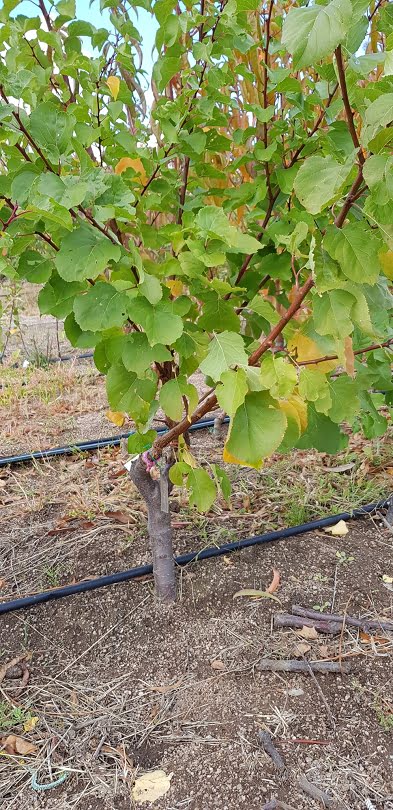
Katy is an early apricot that is a bright orange colour, firm texture, slightly oblong shape and terrific flavour that combines sweetness and tartness. It’s also a reliable cropper.
Trevatt is a more common apricot that you may have heard of — it’s a heritage variety (dating from the 1900s, developed in Mildura), and is completely different from Katy. One of the main differences is that it ripens about a month later.
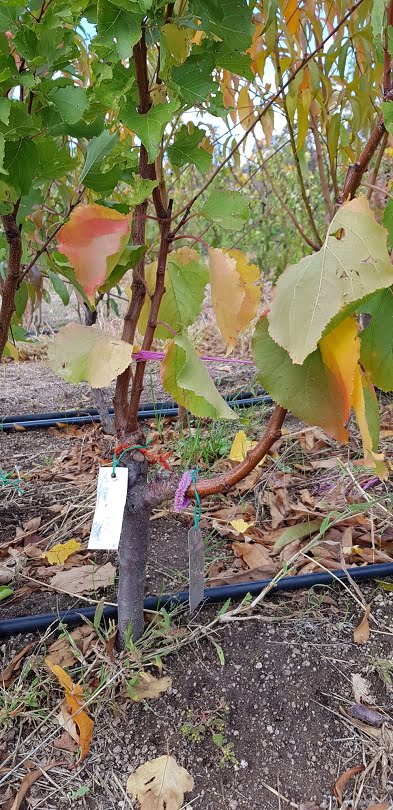
Why grow a multigraft?
Multigrafts are much less well-known than single-variety trees, so many gardeners are a little hesitant to try them out.
It’s almost a no-brainer that a multigraft is a better use of the space in your garden, particularly if you have a small space. If you have space for a LOT of fruit trees you may prefer to have individual trees of each variety.
Multigrafts also help to spread your harvest. Considering that a mature tree can easily yield up to 40 or 50 kg of fruit (or more) in a good season, it usually makes sense to spread the harvest over a longer period.
Growing more than one variety on the same tree means you may grow as much fruit overall, but smaller quantities of a larger range of fruit. This means you’re less likely to end up with a massive glut to deal with all at once.
More reasons to love multigraft trees
There are a couple of other great reasons that multi-grafts can work well:
- pollination: in the example above both varieties of apricot are self-fertile, but even self-fertile trees can benefit from having pollen from another variety close by, and this can help to increase yields;
- spreads the risk: apart from the issue of gluts already discussed, some seasons just don’t favour some varieties. For example, if you happen to get a frost just at the time when the Katy is at full bloom, the Trevatt will be later coming into bloom and might therefore have less frost damage. The same principle would apply to the Nashi and Packham. Another scenario we’ve seen many times is rain affecting one variety that is almost ripe causing it to split, while another variety that is still a month away from picking can escape relatively unscathed. The more varieties you have, the better your chance of getting some fruit every year!
- disease resistance: different varieties may be more vulnerable to particular diseases, like blossom blight or brown rot, either because of the difference in their ripening times, or just the natural resistance of that variety.
Are fruit salad trees the same as multigrafts?
A fruit salad tree is like a multi-graft on steroids! It extends the concept to include different types of fruit on the same tree, whereas a multigraft has different varieties of the same type of fruit.
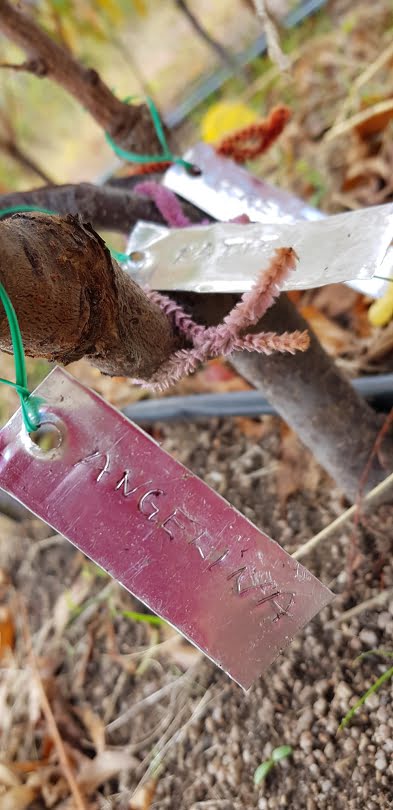
The example we’ve included here has two types of fruit (plum and apricot), and three varieties:
- Katy apricot (described above) – ripens late November
- Trevatt apricot (described above) – ripens late December
- Angelina plum – an early season European plum – ripens in January.
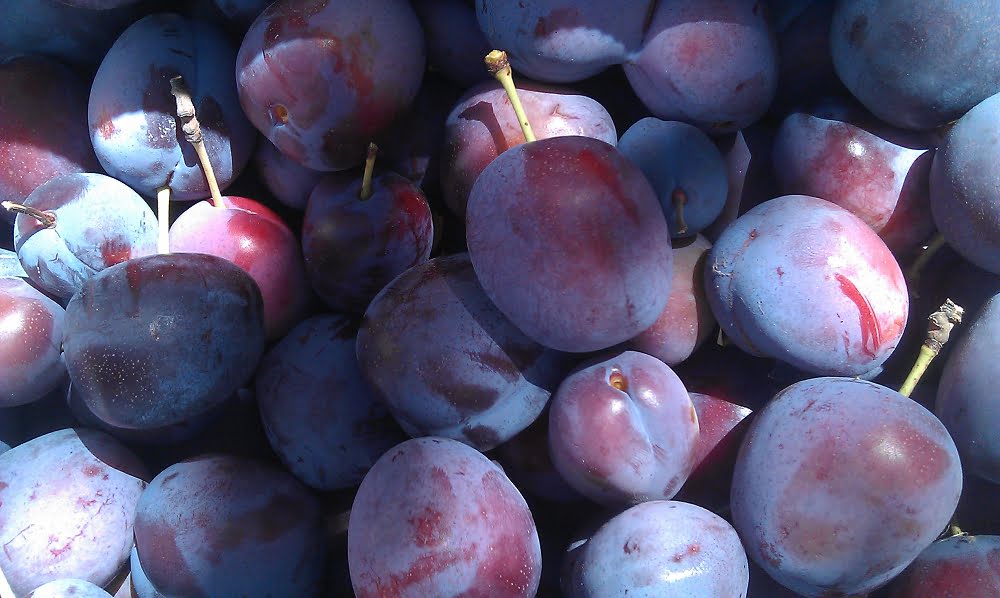
With just one tree you’ve already extended your harvest over three months. You’ve also given yourself a pretty good variety of fruit to enjoy and preserve.
Will a multigraft suit you, and can you grow your own?
The short answer is probably, and yes!
We love creating multi-grafts in our on-farm nursery (called Carr’s Organic Fruit Tree Nursery), and they’re one of the first things to sell out every year. You can see this year’s selection here.
However, we only supply gardeners that are very local to our nursery in central Victoria (we don’t offer deliveries). Multigrafts can be very hard to find at nurseries because they’re much fiddlier to produce. This is one of the reasons they’re usually more expensive. Plus, you’re getting two (or more) trees for the price of one!
The good news is that fruit salad and multigraft trees are one of the most fun things to have a go at grafting yourself.
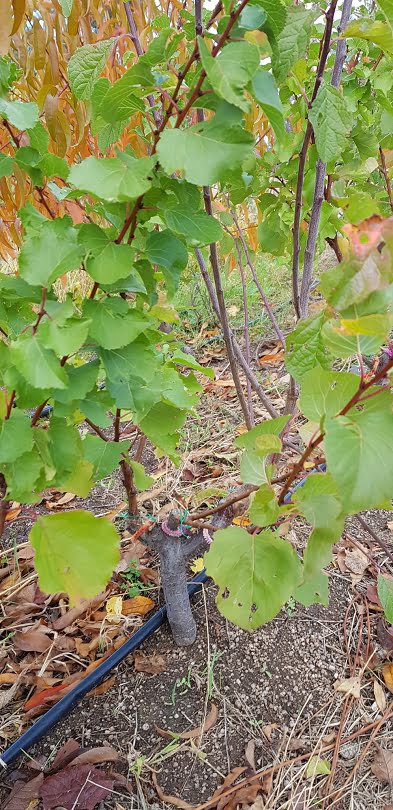
The downside of multigrafts
There can be a couple of drawbacks with multi-grafts though.
One of them is that the trees can come out of the nursery in a slightly unusual shape (as you can see from the photo above). That’s not a problem, it just means they need a bit of careful management to establish a useful ‘vase’ shaped tree.
The other main issue is that one variety may dominate the tree. This issue can be corrected to some extent when you’re pruning to help keep the tree balanced, but it can be difficult to get different varieties balanced in the tree. A handy tip is to plant the tree with the weakest branch pointing north, where it will be favoured by more sunlight.
Management issues like this are pretty low-key and are usually handled easily during the regular “getting to know you” phase of your relationship with the tree. Once a multigraft fruit tree is established, they usually settle down and crop beautifully.
Related Articles
Fruit trees to good homes
Our goal is to send our organic fruit trees to good homes (and gardens) far and wide. There’s always room for one more fruit tree, right?
Fourteen varieties of apricot trees: pros and cons
Apricot trees are loved by many people. But what are the pros and cons, and how do you choose one variety over another?
How to grow apples — the organic way
Apples are one of the most popular fruits to grow in your backyard. Learn the basics of how to look after your apple tree.

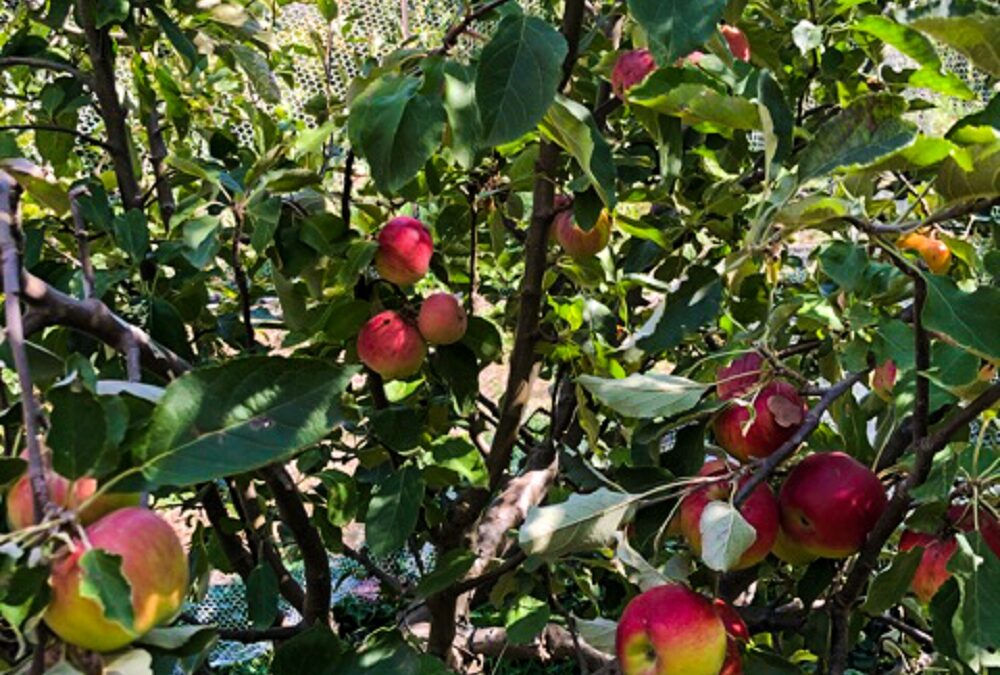


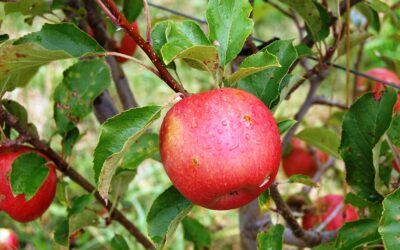
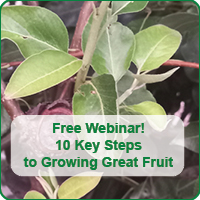

Love the idea of these. Would a tree with 2 grafts be suitable for espalier? I’m guessing you would have to have each variety going up in a vertical , then the laterals coming off each. Would that place too much pressure on the grafts?
Hi Erin, yes they suit espalier perfectly, and the design you propose would work fine. Espalier actually come in many different shapes and designs, so whether you start with horizontals, verticals, or a fan with multiple branches (for example) is one decision, separate to which branches will be which varieties. No, it won’t place too much pressure on the grafts, as if they’ve made a good graft union they usually heal very strongly.
Great article.
I’m wondering if this kind of grafting is suitable for very mature trees? I have 2 very established plum trees and I’m always thinking about how I can extend their life.
Nicole
Yes, it certainly is! It’s a brilliant thing to do with mature fruit trees Nicole to turn them into much more useful members of your garden. Good luck with it!
This is great but wondering if it’s too late to do it with a medium sized tree? Does it have to be right from the start? Didn’t do any budding on my apricot as need someone to re- show me but now wondering about grafting some other varieties onto it. Anyone got some of the varieties mentioned in this multi graft article that I could get scions from? Katy and Trevatt
Hi Chris, no it doesn’t have to be done right from the start, you can ‘retrofit’ an existing tree. Here’s an easy way to do it: 1. in winter, cut off some or most (but not all) of the branches, 2. then over spring and summer the tree will grow a lot of new shoots – select the best of them to make up the correct shape of tree you’re aiming for, and remove the rest, 3. in late summer use summer grafting (budding) to graft your chosen varieties into the new shoots, 4. the following winter/spring – cut back to the bud (as long as the grafts have ‘taken’), and voila, your tree now has new varieties! You could instead use winter grafting techniques, which is a slightly different process.
Later season things more open to Fruit Fly though…gorgeous photo of the red apples on bare tree.
Hi Chris, yes it’s a beautiful shot isn’t it? And you’re right – fruit fly is more of an issue with the late ripening varieties, so is one of the factors you need to consider when choosing the varieties for your garden. Cheers!
I have 5 apple rootstocks which I have pruned off a badly neglected potted dwarf apple and they all went into my new espalier orchard last season. I was quite surprised that the rootstock have not only survived but thrived, so this winter I think I’d like to try my hand at grafting some more additional heritage apples to add to my collection. As some of the root stock have already started being shaped in classic chandelier espalier, I had wondered if I could graft more than one variety? Do you have any recommendations? I also have one spot in the orchard free. I thought of a multi graft plum. I already have 4 plums green and purple gage, coes golden and splendour, but this season my daughter discovered blood plums and has been begging for one of those trees. Are blood plums only Japanese or are any pollinated by European plums? A dual graft might then solve this issue. Do you have any?
Hi Kelly – what a beautiful garden it sounds like you’re creating! First the apples, congratulations for striking some new rootstocks – it’s such an easy way of getting new trees for free. As long as you sure you’ve pruned them from the original rootstock, they’ll also be dwarf trees – if the cuttings came from above the graft, they may turn out to be bigger trees. Either way yes, you can graft multiple varieties onto them. It’s hard to recommend specific varieties without knowing what apples you already have – but essentially, just go with varieties you like to eat, and it’s always a good idea to spread your harvest as much as possible with early, mid and late varieties. Re the plum – yes, blood plums are all (mostly, there might be the odd exception) Japanese-type plums, and they need another Japanese-type to pollinise them. Depending on where you live there are often enough plums as street trees or in nearby backyards, or getting a multi-graft is a great option. I’d probably recommend the Autumn Giant/Mariposa, as Mariposa is an excellent and reliable blood plum, and Autumn Giant is a lovely, sweet late-season plum (we pick it in April at our place).
Thanks for your great article Katie. Can I purchase scions and budwood from you? Cheers, Richard